Uzbekistan boosts electricity exports amid ongoing outages
Uzbekistan exported electricity worth $100.6 million in the first half of 2025, surpassing its imports of $65.3 million, according to the National Statistics Committee. This marks a significant shift, with the government declaring the country has transitioned from a net importer to a net exporter of electricity. However, power outages persist across the nation, and the Minister of Energy has not appeared at a "Government Hour" session since 2023.
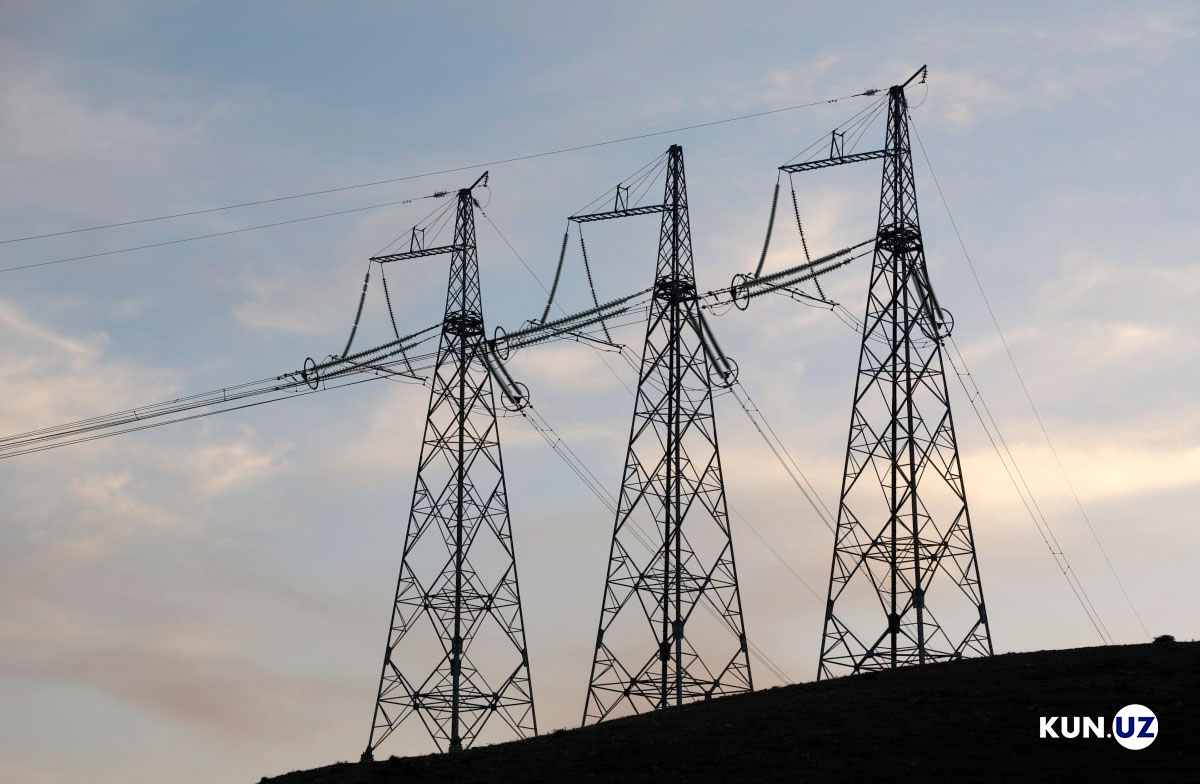
Trade balance achieves six-year high
In January–June 2025, Uzbekistan recorded a trade surplus of $35.3 million in electricity, the largest in six years. The following table illustrates the export-import balance over recent years:
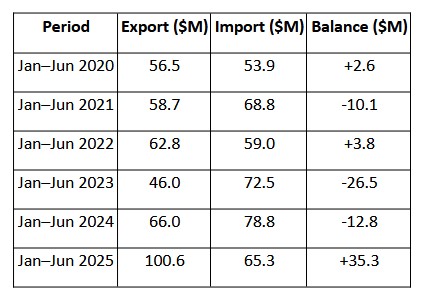
This is only the second time since 2020 that Uzbekistan has become a net exporter of electricity. In the first half of 2020, the surplus was a modest $2.6 million. In contrast, the first half of 2023 saw a deficit of $26.5 million, and 2024 recorded a $12.8 million deficit. Exports in 2025 grew by 52.4% compared to the previous year's $66 million, while imports fell from $78.8 million to $65.3 million.
For full calendar years (2020–2024), Uzbekistan remained a net importer, as shown below:
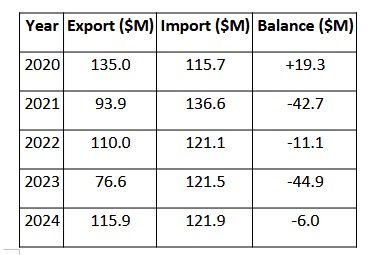
The sustained positive balance in 2025 suggests a potential long-term shift toward net exports.
Energy reforms drive export growth
"Thanks to reforms in the energy sector initiated by our esteemed president, we have transformed from an electricity-importing country three years ago to an exporter under the presidential program," a government representative stated at the launch of a Knauf factory in Tashkent in early July. Similar remarks were made at the Tashkent Investment Forum in June.
Electricity generation has increased, driven by new capacity, including solar and wind power plants. In the first half of 2025, Uzbekistan produced 43.5 billion kWh of electricity, a 6.6% increase from 40.8 billion kWh in 2024 and a 12.8% rise from 38.6 billion kWh in 2023. However, large enterprises, which rely on gas for 80–85% of their output, saw production drop from 36.9 billion kWh in 2024 to 31.2 billion kWh in 2025. Small producers, including those using renewable sources, tripled their output from 3.9 billion kWh to 12.3 billion kWh.
Persistent power outages and infrastructure challenges
Despite the export surge, Uzbekistan, including Tashkent, continues to face power supply disruptions. Regional Electric Networks reported increased strain on the grid. In November 2023, Energy Minister Jurabek Mirzamakhmudov addressed parliament during a "Government Hour" amid an energy crisis, noting that 14 trillion UZS (approximately $1.14 billion) had been allocated to upgrade Tashkent’s energy infrastructure, including power grids and substations. He has not appeared at a "Government Hour" since.
On January 30, 2025, Mirzamakhmudov spoke at a seminar on energy development and alternative energy sources at the Legislative Chamber, though it was not publicly broadcast. He outlined plans for 2025–2035, focusing on new power plants, energy storage, loss reduction, digital management, and cost reduction through renewables. He emphasized that new generation capacities, improved efficiency in electricity and gas consumption, and a 10–15% reduction in losses across segments are critical. By 2030, the goal is to reduce electricity losses from 14% to 8–9%.
Presidential focus on energy stability
On the eve of a recent meeting, President Shavkat Mirziyoyev set priorities for ensuring stable and uninterrupted energy supply and preparing for the autumn-winter season.
Related News
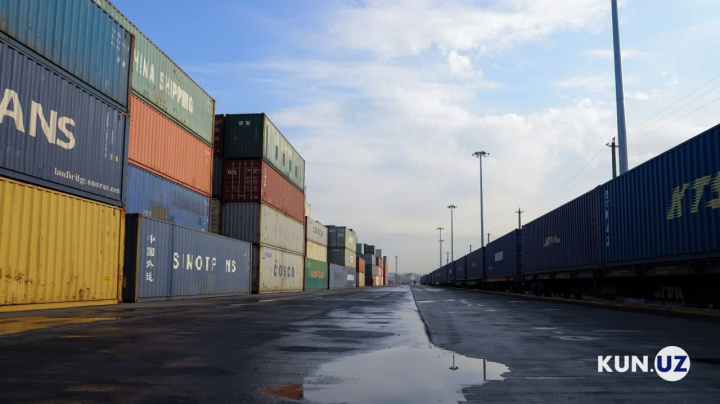
23:02 / 23.07.2025
Uzbekistan’s foreign trade turnover hits $37 billion in first half of 2025

16:01 / 23.07.2025
iPhone prices spike in Uzbekistan amid new customs limits

14:47 / 23.07.2025
Authorities consider new rule for taking cars abroad after Kun.uz investigations
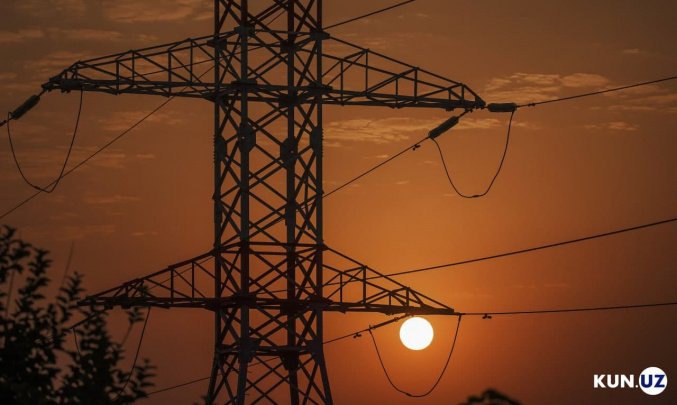
11:32 / 23.07.2025



